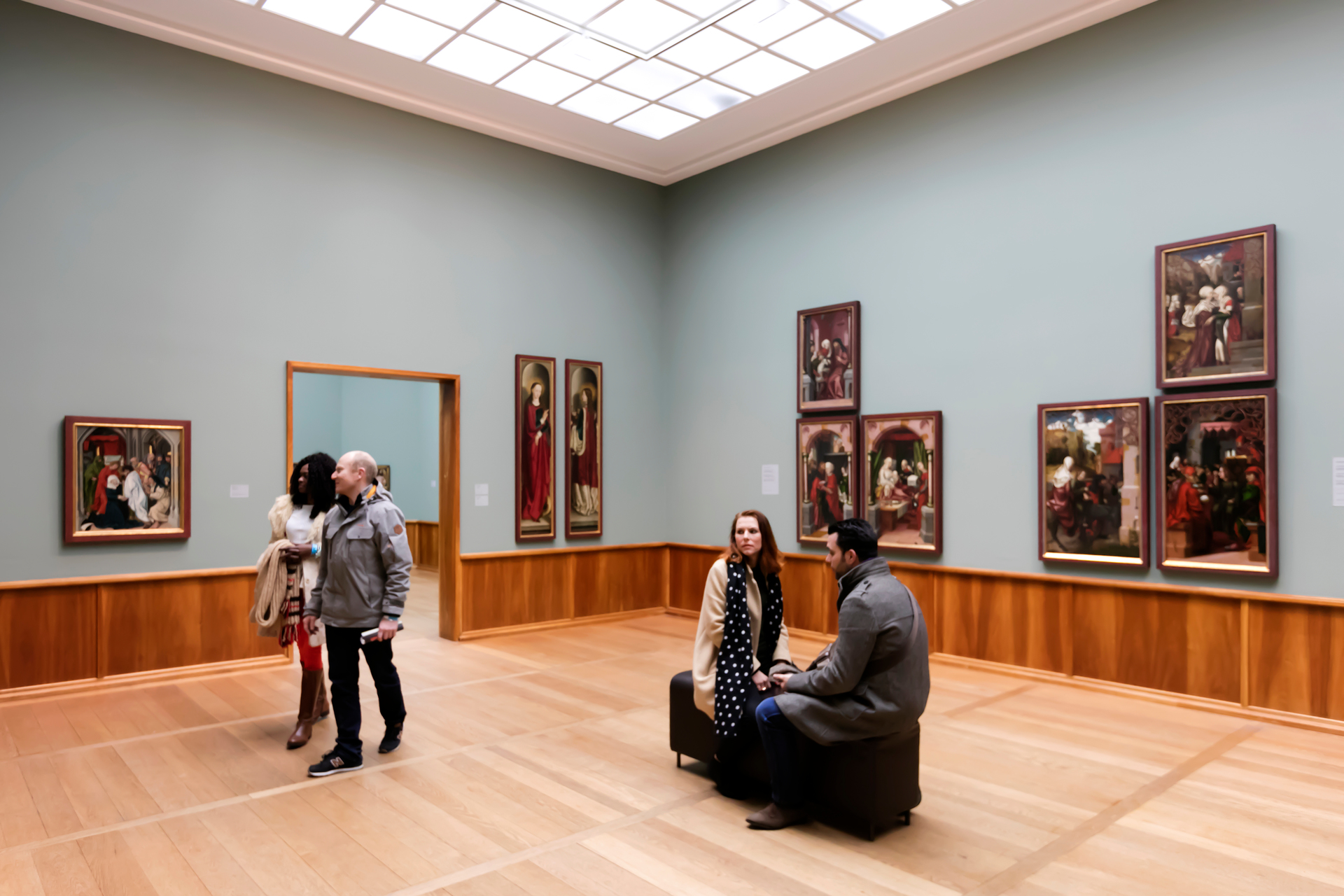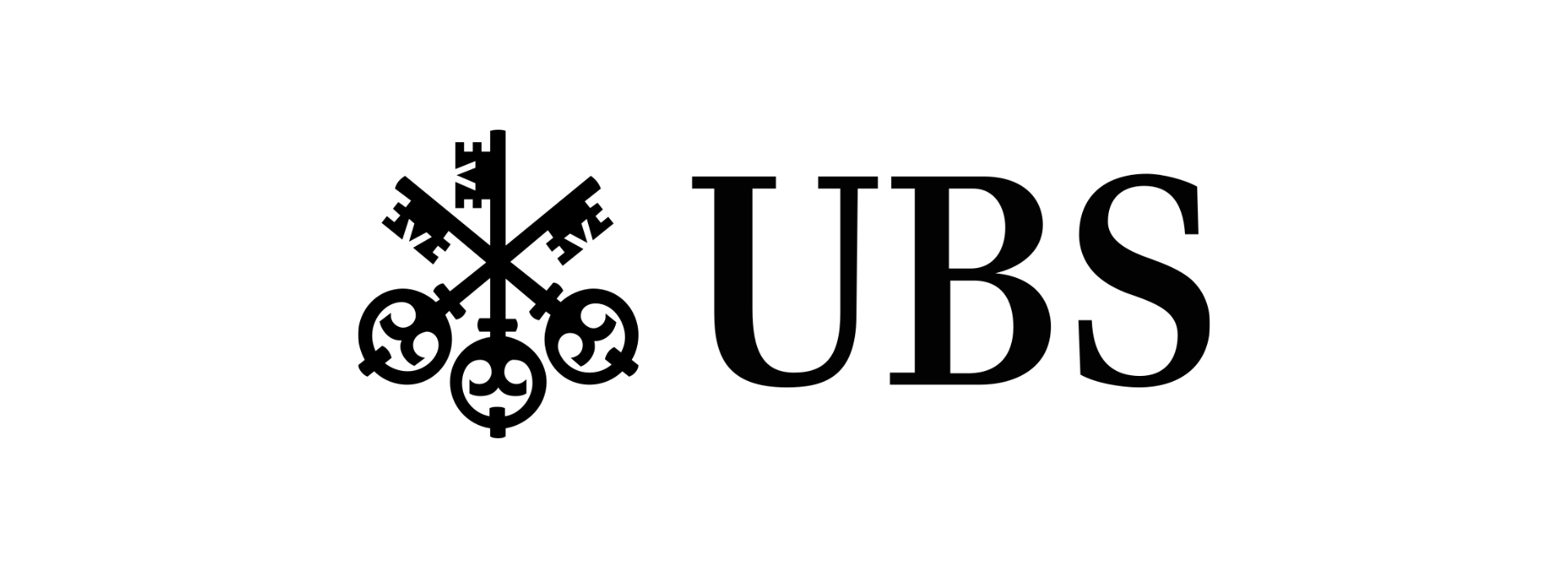Old Masters
15th through 18th centuries
Collection presentation
The oldest works in the Kunstmuseum Basel’s Old Masters collection date from around 1400. One early highlight is the set of paintings—the single largest ensemble in a museum anywhere—by Konrad Witz, who was active in Basel between 1434 and ca. 1445, including the panels of the Heilsspiegel Altarpiece. No less imposing is another body of work created in Basel around eighty years later: the world’s largest collection of paintings from Hans Holbein the Younger’s Basel period includes singular creations such as “The Dead Christ in the Tomb,” the portrait of the artist’s family, the Passion Altarpiece, and the organ shutter designs for the Basel Minster.
These unrivaled masterpieces are on view on the first floor of the main building, surrounded by a rich display of sacred and secular paintings of the fifteenth and sixteenth centuries, primarily from South Germany and Switzerland, as well as a small selection of Early Netherlandish art.
Works by Flemish and Dutch Mannerists—including the earliest autonomous depictions of landscapes in the Basel collection—and contemporaneous Swiss portraits and allegories by Hans Bock the Elder and Tobias Stimmer round out the display of sixteenth-century art.
A new subject emerges with German and Dutch still lifes created between the early and the late seventeenth century. These paintings are at once a prelude to the presentation of eminent works from the Golden Age of Dutch painting: from history paintings by Rembrandt and his school, genre scenes, and portraits to church interiors, landscapes, and seascapes, the collection covers all the major genres of the period.
A selection of French Baroque and Rococo art brings us to the historical threshold marked by the year 1800. The exhibition continues in the next gallery with the art of the nineteenth century.
Traveling across time from the modern world, a group of illustrious guests has temporary made itself at home in the Old Masters presentation: Gerhard Richter’s five-part cycle “Annunciation after Titian” (1973), in which creative variation goes hand in hand with increasing abstraction, is engaged in a vibrant dialogue with works of the Italian Renaissance and French Baroque.
Works by:
Konrad Witz
Hans Memling
Hans Holbein d. Ä.
Hans Holbein d. J.
Lucas Cranach d. Ä.
Matthias Grünewald
Niklaus Manuel Deutsch
Hans Baldung, gen. Grien
Jan Brueghel d. Ä.
Georg Flegel
Sebastian Stoskopff
Hendrick Goltzius
Rembrandt Harmensz. van Rijn
Peter Paul Rubens
Nicolas Maes
Pieter de Hooch
Jacob van Ruisdael
Jan van Goyen
Hyacinthe Rigaud
Jean-François de Troy
Hubert Robert

